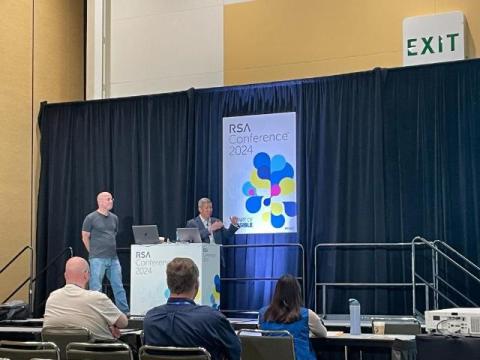Quantifying the Probability of Flaws in Open Source
Jay Jacobs and I recently delivered an RSA presentation called Quantifying the Probability of Flaws in Open Source. Since many people didn’t get a chance to see it, I thought I’d summarize some of the findings here for posterity. The question we investigated was simple, at least conceptually: what are the red flags of an open-source repository? Are there characteristics of a given open source library that would reliably indicate it was safer than others?











